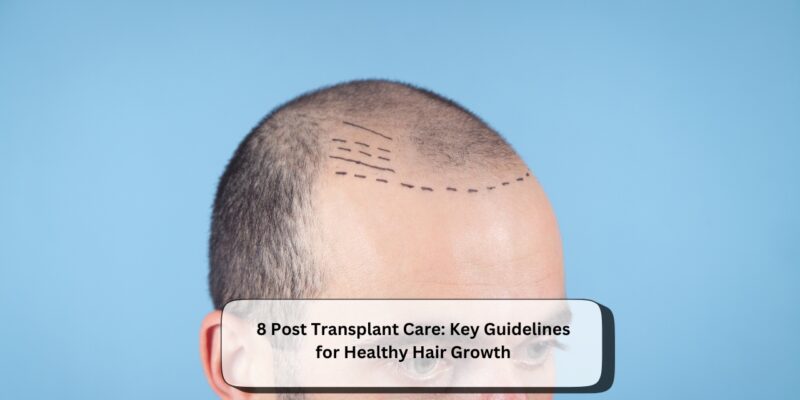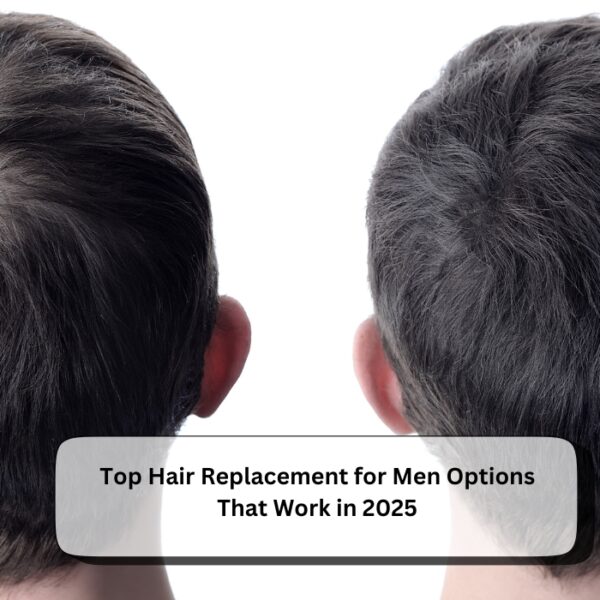8 Post Transplant Care: Key Guidelines for Healthy Hair Growth
Post transplant care is not just a follow-up routine—it’s the foundation of your hair transplant success. Once you’ve undergone the procedure, how you treat your scalp and new grafts determines how well they survive and grow. From avoiding sunlight and sweating to sleeping in the right position, every small habit plays a role in your recovery. Skipping proper post transplant care can lead to poor graft survival, delayed healing, and even infection, which can negatively impact your final results. That’s why clinics like iGraft provide personalized care plans to ensure every patient experiences the best possible outcome.
The first 7 to 14 days are especially critical in your post transplant care routine. Gentle washing, avoiding direct water pressure, and not scratching the transplanted area are non-negotiables. You’ll also need to refrain from smoking and alcohol, as they hinder blood circulation and healing. Over time, following these post transplant care guidelines helps your grafts settle in, shed naturally, and prepare for regrowth. Whether you’ve opted for a FUE or FUT method, taking your aftercare seriously makes all the difference between average and amazing hair transplant results.
Let’s walk you through the essential hair transplant aftercare guidelines that will help you optimize your results and ensure your hair thrives.
Post Transplant Care: Key Guidelines for Healthy Hair Growth
1. Follow the Post-Hair Transplant Care Instructions Carefully
Following your surgeon’s guidelines is your roadmap to healthy recovery. It includes cleaning your scalp, sleeping positions, and what to avoid. Swelling and redness are normal for a few days. Your doctor may recommend mild, sulfate-free shampoos to gently clean the scalp.
Avoid scratching, rubbing, or touching the graft area in the early recovery phase to preserve the newly transplanted follicles.
2. Protect Your Scalp from Sun Exposure
Direct UV rays can damage the sensitive scalp and slow down hair growth after transplant. Wear a loose-fitting hat or scarf when stepping out in the sun. Avoid outdoor activities during peak sunlight hours for the first few weeks.
Prolonged sun exposure can interfere with the healing of the grafts and impact long-term results.
3. Manage Your Sleep Position
Sleeping with your head elevated prevents swelling and protects the grafts. Try sleeping on your back with two pillows to elevate your head. Avoid sleeping on your stomach or side, as it can dislodge the grafts.
It may take some getting used to, but it greatly enhances recovery.
4. Don’t Rush the Shampooing Process
Avoid shampooing for the first 4–5 days. After that, use lukewarm water and gently apply shampoo without rubbing the scalp. Pat dry with a soft towel instead of rubbing.
Proper washing is essential to reduce scabs and avoid infection during the hair transplant recovery.
5. Healthy Diet and Hydration for Hair Growth
Nutrition is a big part of hair health. Eat foods rich in biotin, zinc, vitamin D, and iron to support the recovery of transplanted follicles. Drink plenty of water and avoid junk food, smoking, and alcohol.
Your doctor may recommend hair supplements available at iGraft to speed up results and reduce shedding.
6. Avoid Excessive Physical Activity
Sweating and strenuous exercise can dislodge grafts and cause infection. Avoid gym sessions, jogging, swimming, and heavy lifting for at least 2–3 weeks.
Gradually reintroduce physical activity after getting a green signal from your iGraft hair transplant surgeon.
7. Monitor and Follow-Up with Your Surgeon
Regular follow-ups help monitor progress and manage side effects early. Share photos with your doctor if you’re far away. Watch out for signs of infection like pus, severe itching, or excessive redness.
Trust iGraft’s expert team for quality post-operative care and assistance.
8. Expect Shedding – It’s Normal
Don’t panic if your transplanted hair falls out in the first month. It’s a natural phase called “shock loss.” The follicles stay intact and will grow new hair in 3–4 months.
This phase is backed by medical studies on hair transplantation and is a part of the normal hair cycle.
Final Thoughts
Your commitment to proper post hair transplant care can make or break your results. With the right hair transplant aftercare, balanced diet, and lifestyle changes, you can achieve fuller, thicker, and natural-looking hair.
For trusted treatment, expert follow-ups, and personalized aftercare plans, consult iGraft – India’s leading hair transplant clinic. Let your new hair journey begin the right way!










